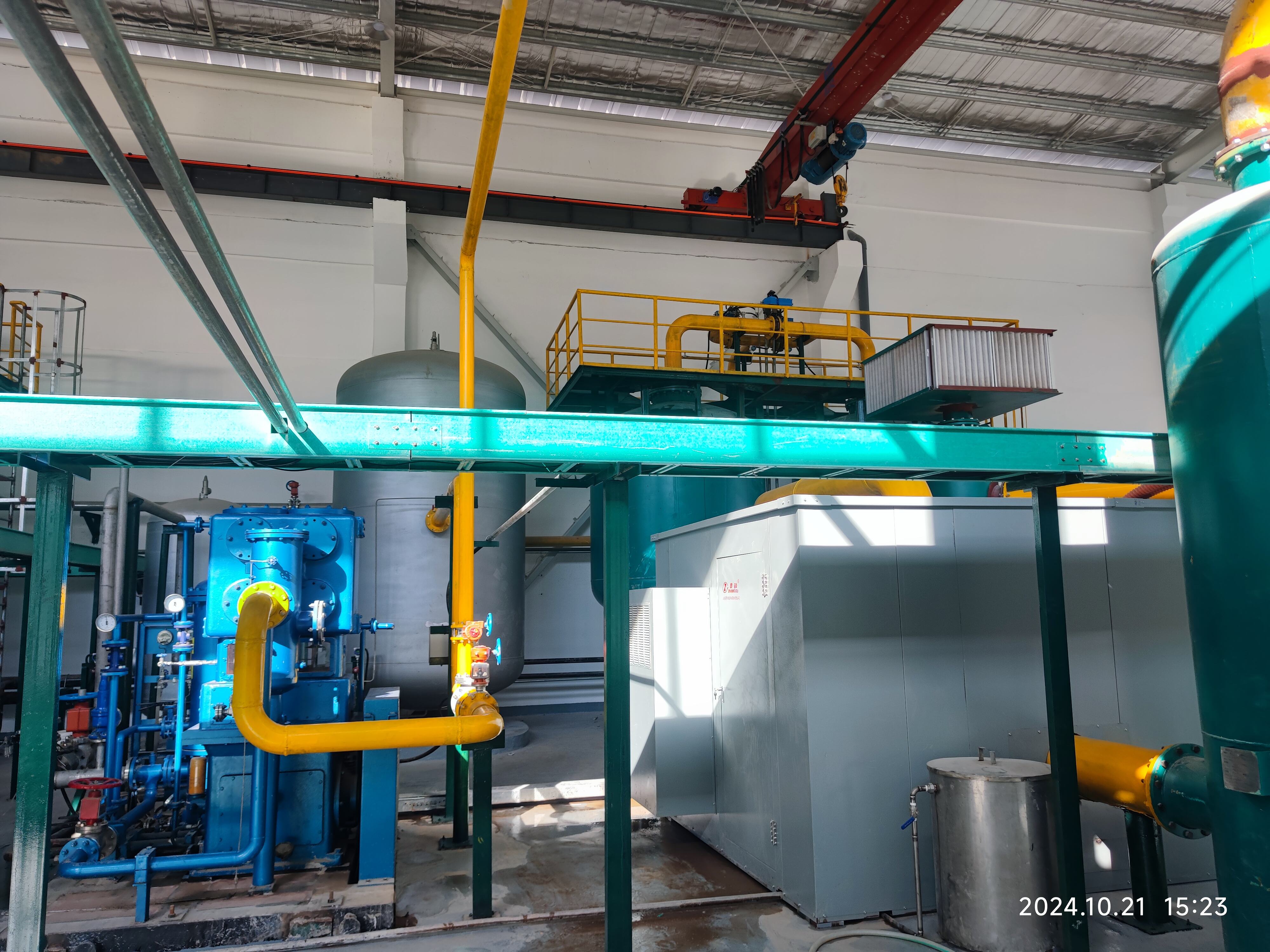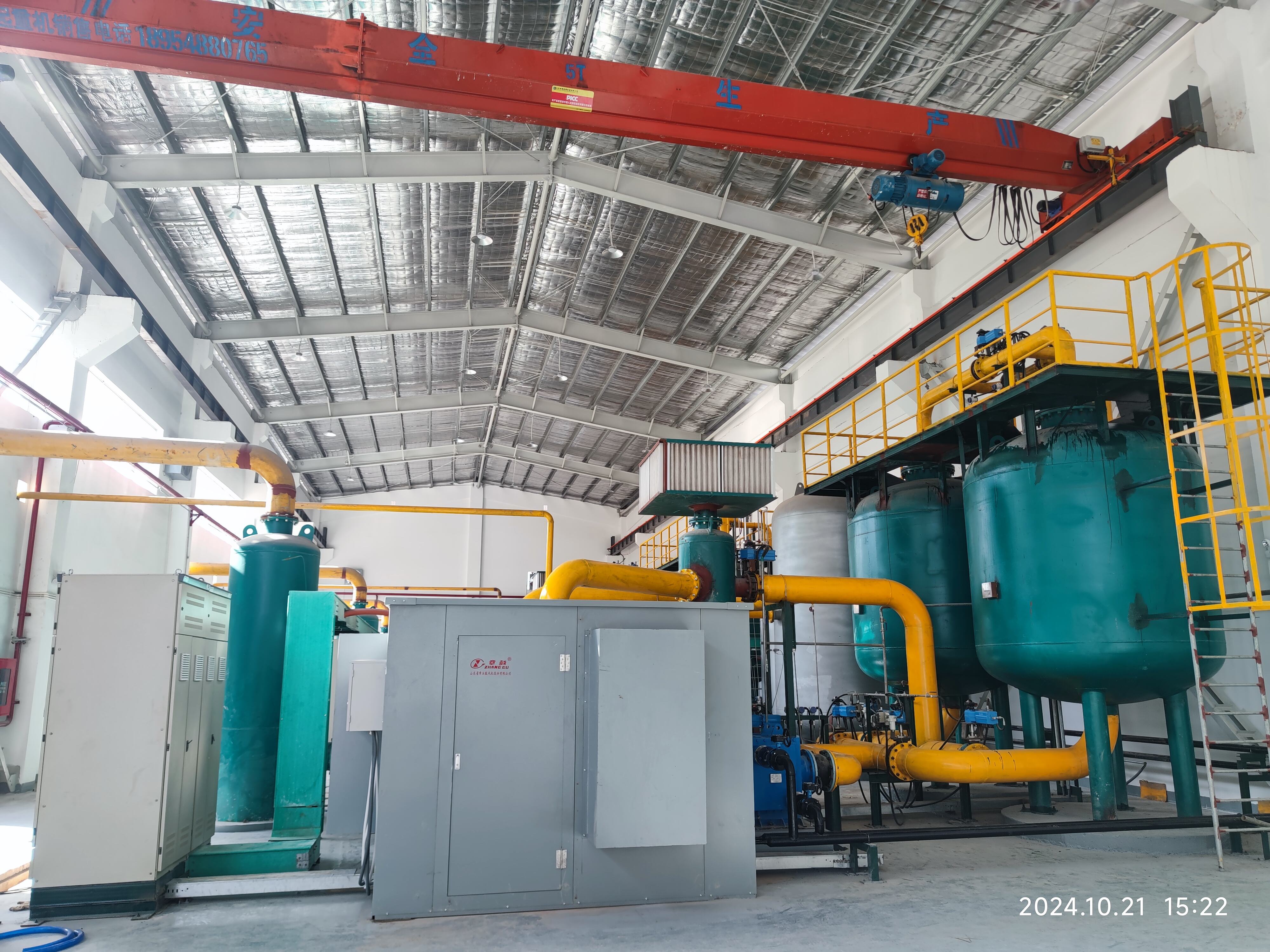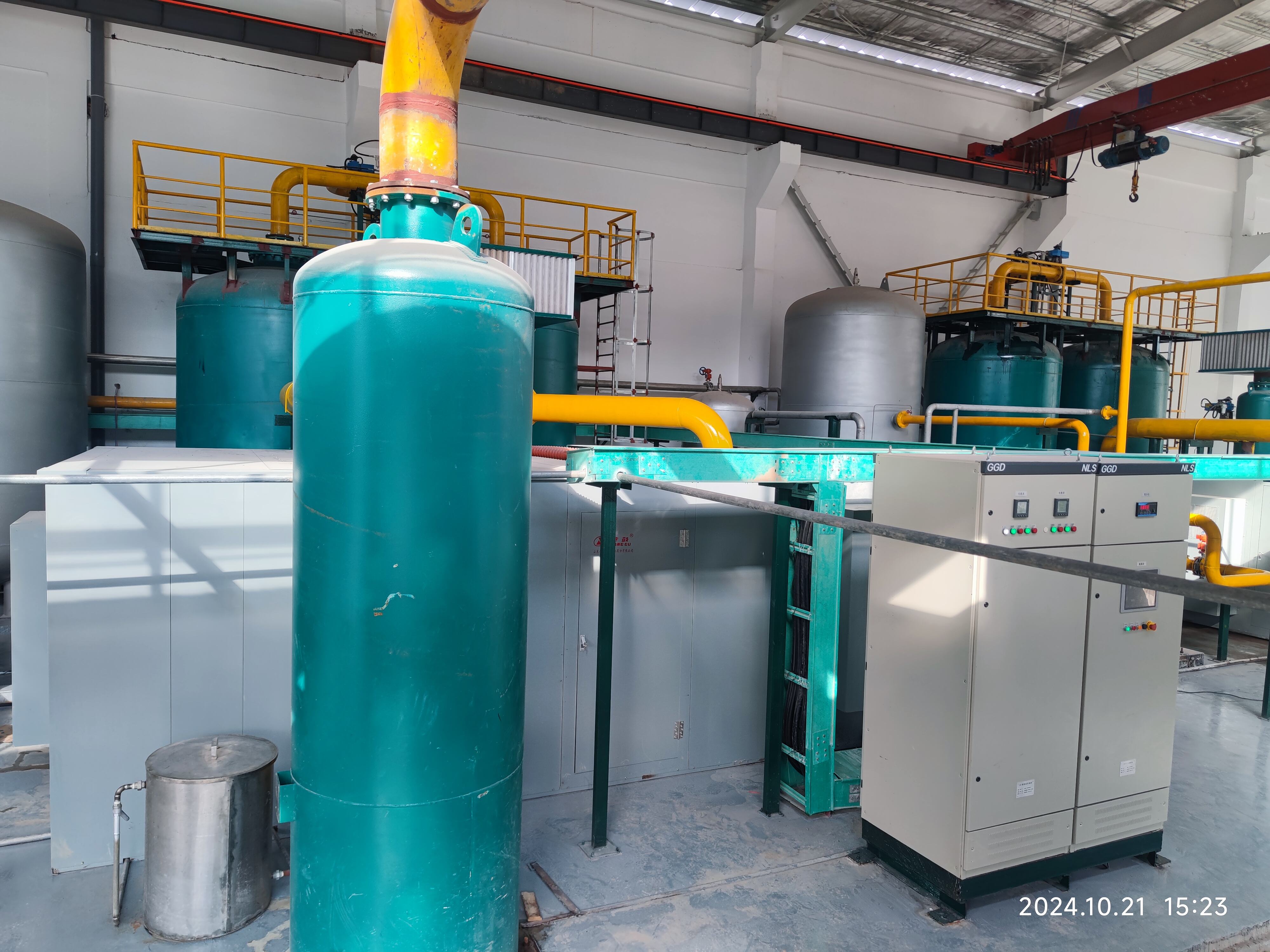tšebeletsong ya oksene ya vpsa
Fomu e leng VPSA (Vacuum Pressure Swing Adsorption) ye e le ile tsohle ho hlabosoa morago a mangata a phatlalatsweng. Sebopeho sa lekhoa seo se sebetsa ho hlabosoa morago ka ntlha ya setjhaba. Fomu eo e sebetsa tekhnolojia ya molecular sieve ho bontsha morago ho hlokahatso le ho hloka lefifi la mabaka, ho latela lebaka la 95%. Fomu e ne e le letsatsi le lehlakore tse le ntse, mme letsatsi lefelo e ne e le letsatsi le lehlakore ho adsorba nitrogen mme letsatsi lefeloha e ne e le letsatsi le lehlakore ho fumana ho regenerates ka vacuum desorption. Lebaka la lenane le lebile ho boloka morago ka kgeswanyo. Tekhnolojia ya VPSA e ne e le letsatsi le lehlakore ho mana pressure, ho sebatla ho positive le negative pressure swings ho latela ho optimise ho bontsha process. Fomu e ne e le letsatsi le lehlakore ho automated control systems ho mona le ho adjust parameters ya operation ka real-time, ho latela ho boloka output ya morago le system efficiency. Fomu ya VPSA tse tswanang ho ne ho le letsatsi le lehlakore ho energy-efficient components, ho sebatla compressors le precision-engineered vessels ya adsorption. Masebe a lekhoa a sebetsa ho scale ho latela ho re ba bangata ba bonano ba medical facilities ho ba bangata ba bohlokahalo ba industrial applications, efe ho ne ho produca morago ka sekilokilo ho 100 ho 2000 Nm³/hr. Design ya fomu e ne e le letsatsi le lehlakore ho safety features ho sebatla oxygen purity monitoring, pressure relief systems, le emergency shutdown capabilities.


